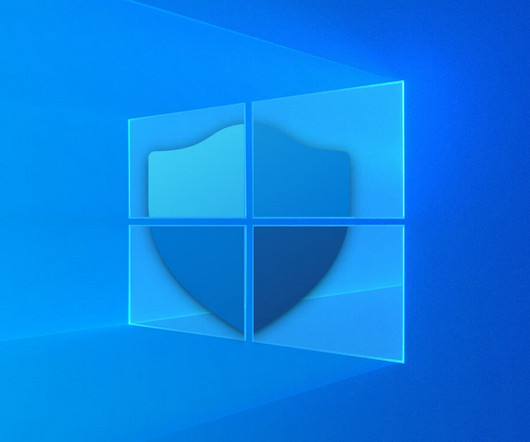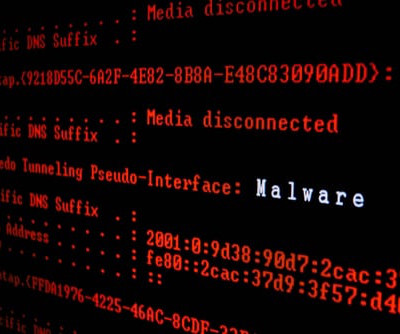Malware discovered in 60 Android apps with over 100 million downloads
TechSpot
APRIL 17, 2023
However, the developers who used Goldoson didn't realize that they were adding a malicious malware component to their programs. Read Entire Article McAfee's mobile research team discovered a third-party software library it named Goldoson, which collects sensitive information and performs ad fraud.








































Let's personalize your content